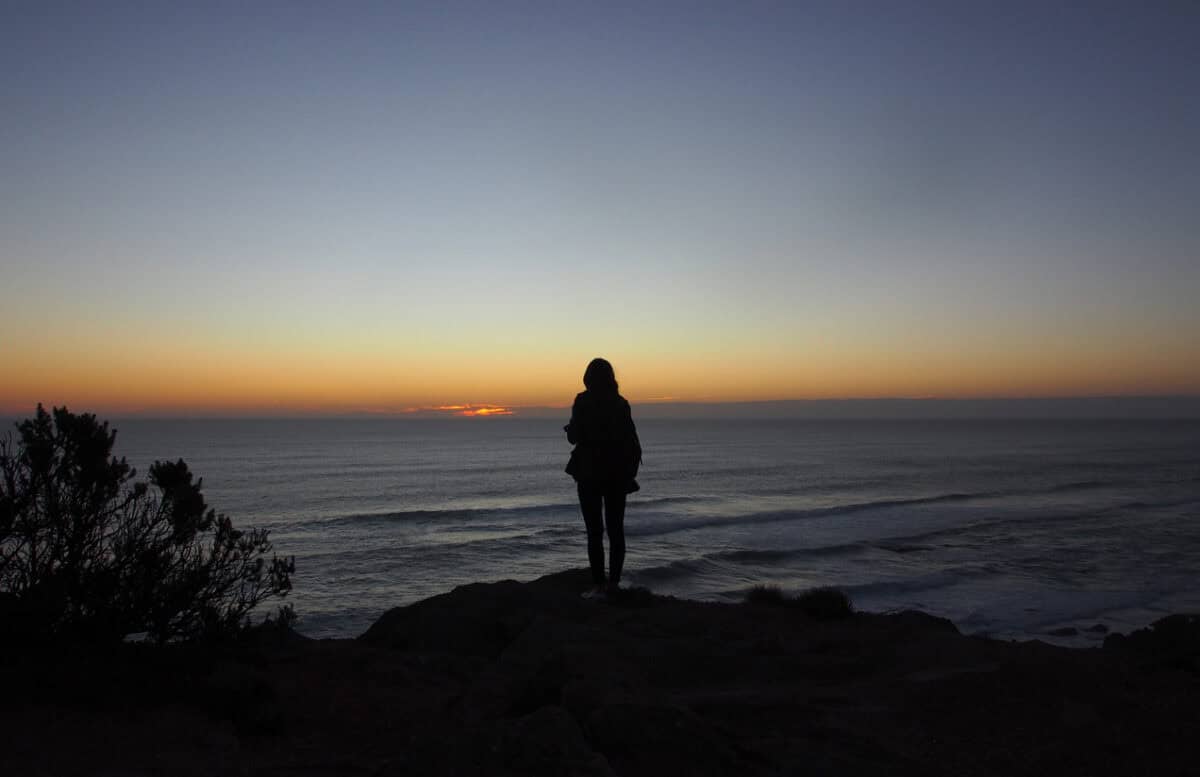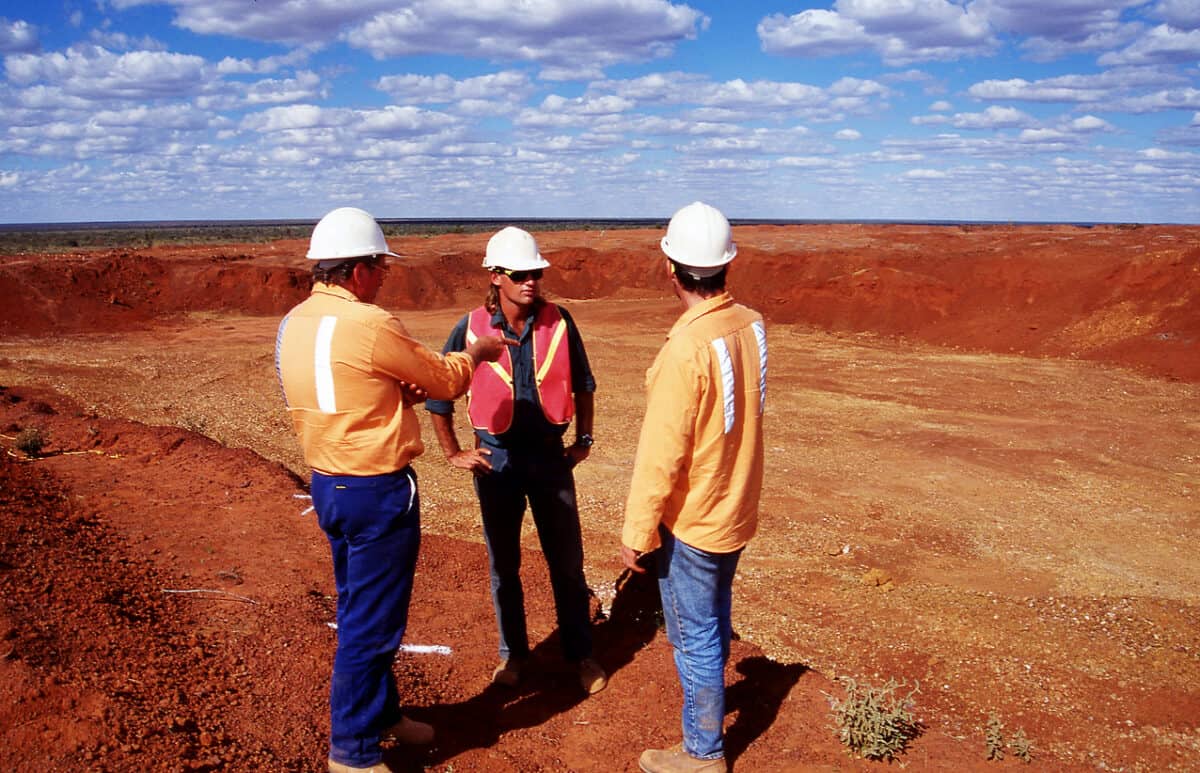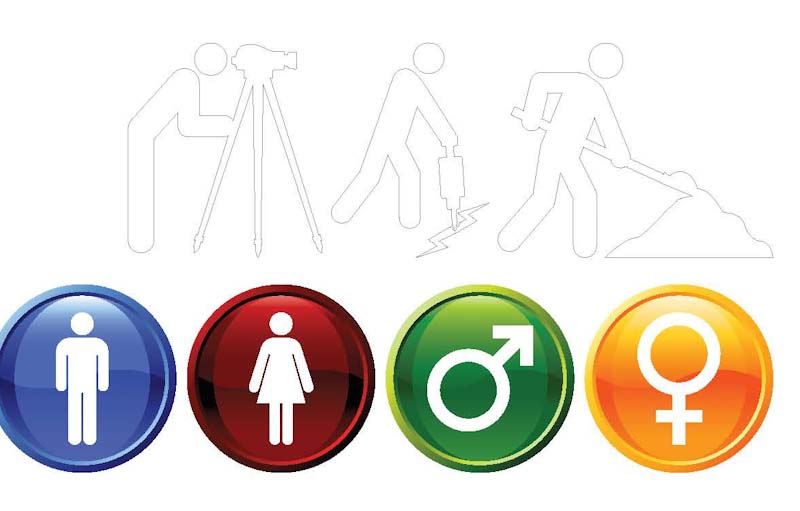Many of the prominent Australian mining companies are in the process of changing their cultures to minimise the risk of sexual assaults and harassment after several recent damning inquiries into worker health and safety. Everyone seems to agree that cultural change can take a long time. I am not convinced. Change will take time if one operates within the existing organisational and operational parameters and structures. But sometimes, the harm to workers is so great that a long time exacerbates unfairness and injustice.
Category: BHP Billiton
The individual remains at the heart of workplace mental health in mining
One of the most significant takeaways from the 23rd World Congress on Safety and Health at Work is Australia’s relative position of occupational health and safety (OHS) privilege. For instance, in the mining sector, Australian workers are rarely exposed to tuberculosis, HIV, silicosis and chemical exposure to the extent of similar workers in other countries. Instead, Australia has the comparative luxury of focusing on the psychosocial hazards associated with the fly-in, fly-out (FIFO) workforce.
Australia’s mining sector can avoid becoming the next institutional pariah
Around a decade ago, parts of the Australian rail construction industry introduced the Pegasus Card. The intent was to have a single portal through which a worker’s competencies and eligibility to work could be verified. It evolved into the Rail Industry Worker Card in existence today. Pegasus remains in parts of the mining sector.
I was reminded of the Pegasus Card when I read the recent West Australian report into sexual harassment in the mining sector, Enough is Enough. One of its recommendations, Number 3, was that:
“The industry must explore ways to prevent perpetrators of serious sexual harassment simply finding reemployment on other sites and in other companies. This should involve:
– thorough exploration of an industry-wide workers’ register or other mechanism such as industry-wide accreditation, taking into account natural justice considerations and perhaps modelled on the Working With Children Card;…..
“industry-wide workers’ register”? Isn’t that what the Pegasus card helps to manage?
Major omissions from business perspective before the Jobs and Skills Summit
Next month the Australian government is conducting a “Jobs and Skills Summit“. Such consultative events have been held every so often for decades but usually after a new government is sworn in and after the previous one was in power for too long or lost its way. Such summits are seen as ways of reconnecting with disaffected and disempowered industry associations, trade unions and other organisations with the ear of the incoming government.
One of the most vocal industry associations is the Business Council of Australia. The BCA has existed since 1983. Its Wikipedia entry lists its large corporate membership, providing context to its policies and positions. On August 15 2022, its CEO Jennifer Westacott had an opinion piece, “What a Jobs Summit ‘win’ would look like“, published in the Australian Financial Review, but with a different headline. Workplace safety was mentioned in passing but is hiding in the subtext elsewhere.
‘Enough was Enough’ over a decade ago and the mining industry failed to act then
The recent report on sexual harassment at West Australian mine sites deserves national attention for several reasons. The stories are horrific, partly because many of us thought such stories were in the distant past. The fact that many are recent should shock everyone into action.
The report “Enough is Enough”is highly important, but its newsworthiness seems disputable. Some media have covered the report’s release but the newsworthiness, in my opinion, comes less from this one report but from the number of reports and research on sexual harassment, bullying, abuse, disrespect and more in the mining sector over the last twenty years that have done little to prevent the psychosocial hazards of working in the mining and resources sector and especially through the Fly-in, Fly-Out (FIFO) labour supply process.
Questions asked on mining death data
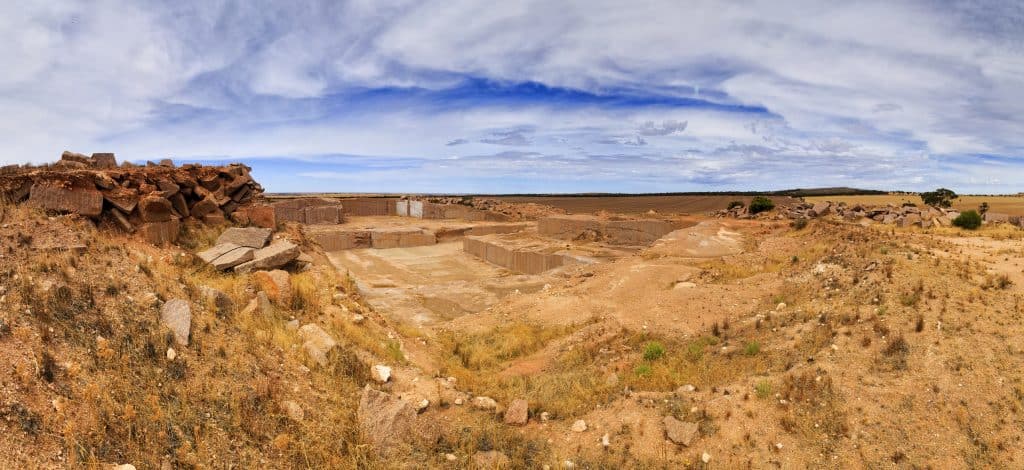
The Australian newspaper published an article from the The Wall Street Journal titled “The hidden death toll from mining” (paywalled), written by Alistair Macdonald and others that questions the workplace health and safety prominence that is given to the minerals/materials sector. The opening paragraph is:
” Many mining deaths aren’t captured by global safety statistics, making the industry seem safer than it is to regulators, investors and consumers.”
Peer benchmarking offers opportunities
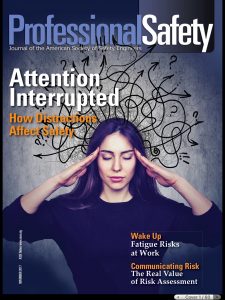 Workplace safety lawyers are regular contributors to occupational health and safety (OHS) journals, usually writing about some OHS case law or recent, topical prosecution. Occasionally they write a more research-based article. The November 2017 edition of
Workplace safety lawyers are regular contributors to occupational health and safety (OHS) journals, usually writing about some OHS case law or recent, topical prosecution. Occasionally they write a more research-based article. The November 2017 edition of

